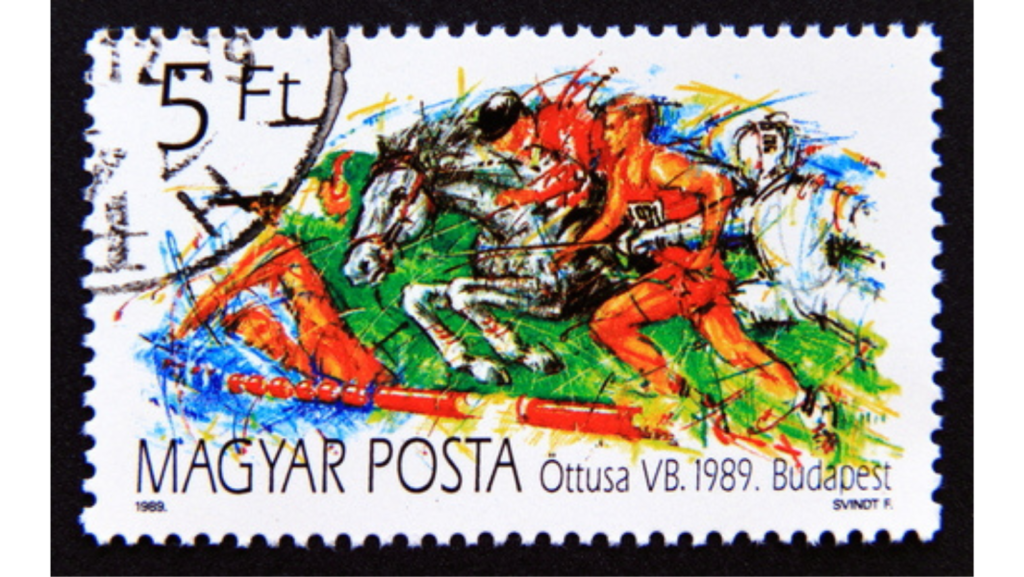IX. THE PENTATHLON
PARIS ‘24 HORSE WELFARE CAMPAIGN
“The welfare of Olympic horses should no longer be overlooked and neglected”
This blog is an excerpt from the PARIS 2024 HORSE WELFARE CAMPAIGN MAGAZINE which is free to download and read online.

The modern pentathlon equestrian event at the Tokyo Olympic Games was a real disaster in terms of the sports’ image. It cast public opprobrium on all equestrian events. The Modern Pentathlon Federation has decided to stop the equestrian events after the Paris 2024 Olympic Games.
Almost unanimously, the people and organisations we interviewed called for an end as soon as possible to the modern pentathlon equestrian event, which damages the image of all equestrian sports, even though the question of equine welfare is addressed if we judge the regular positive evolution of the regulations of the various federations.
In order to avoid new scandals, it seems essential to us to modify the modalities of the equestrian Pentathlon event on various points:
Recommendation #40:
Implement all FEI safety and welfare rules for the Pentathlon Equestrian event and take into consideration the feedback from the working group involving the FEI and the FEI Veterinary Commission.
There aren’t enough horses selected for the event. Horses must therefore perform several times with different riders, which leads to excessive fatigue for the horses and a form of injustice for riders who do not ride a horse in the same physical conditions according to their starting order.
Recommendation #41:
Assign a different horse to each rider to avoid multiple rounds.
The horses are currently drawn 20 minutes before the event, and the pentathletes therefore have a very short period of time to familiarise themselves with their mount.
This format makes it difficult to establish the calm and serene communication that is essential when riding any horse. A horse-rider mismatch may also become evident during this period of time and it is, therefore, necessary to consider the possibility of a change of mount, up to 12 hours before the event if there is a sufficient supply of reserve horses.
Ideally, each rider should arrive with his own horse or a loaned horse, but one with which he has trained well in advance. When today we know that time is needed to establish a perfect human-horse relationship (months or years), it is unthinkable to continue to draw horses just prior to the events. Riding an unknown horse on the day reduces the horse’s status to that of any other sporting equipment.
Recommendation #42:
Draw lots for the horse 24 hours before the event, so that every rider-horse pair can get to know each other.
For various reasons, horse riding is often the sport in which pentathletes excel the least. They can sometimes be confronted with very big difficulties during the equestrian event.
Obstacles that are too high, as well as a discrepancy between the riding level of the pentathletes and the sporting abilities of the horse, cause riders and horses to take great risks.
Recommendation #43:
Lower the height of the obstacles to 110 cm maximum.
This blog is an excerpt from the PARIS 2024 HORSE WELFARE CAMPAIGN MAGAZINE which is free to download and read online.
